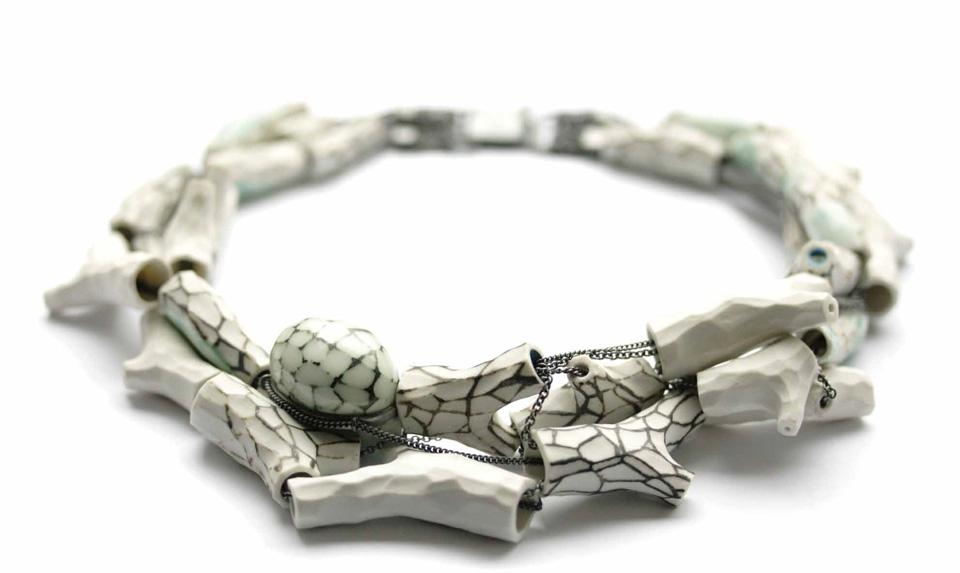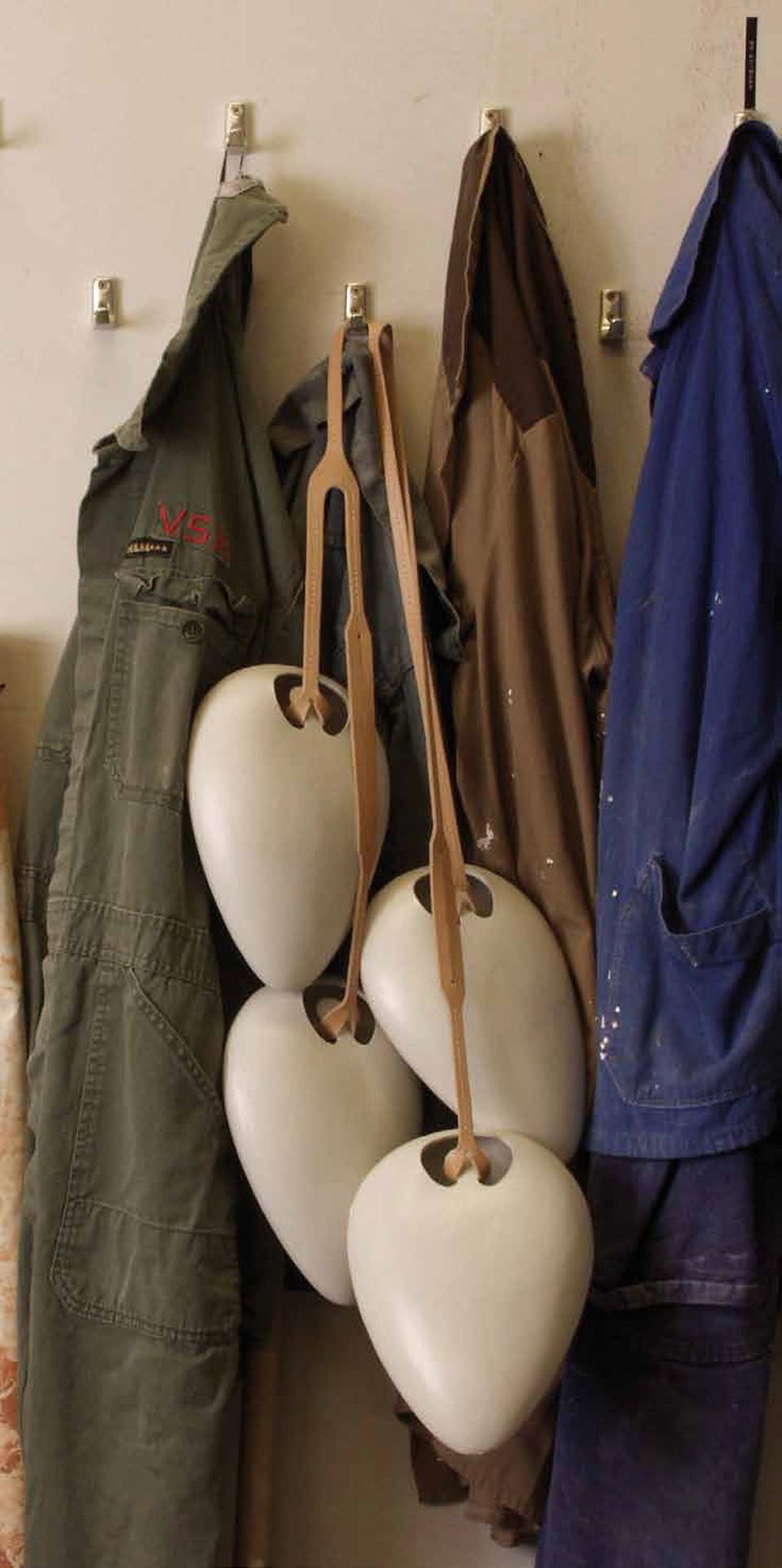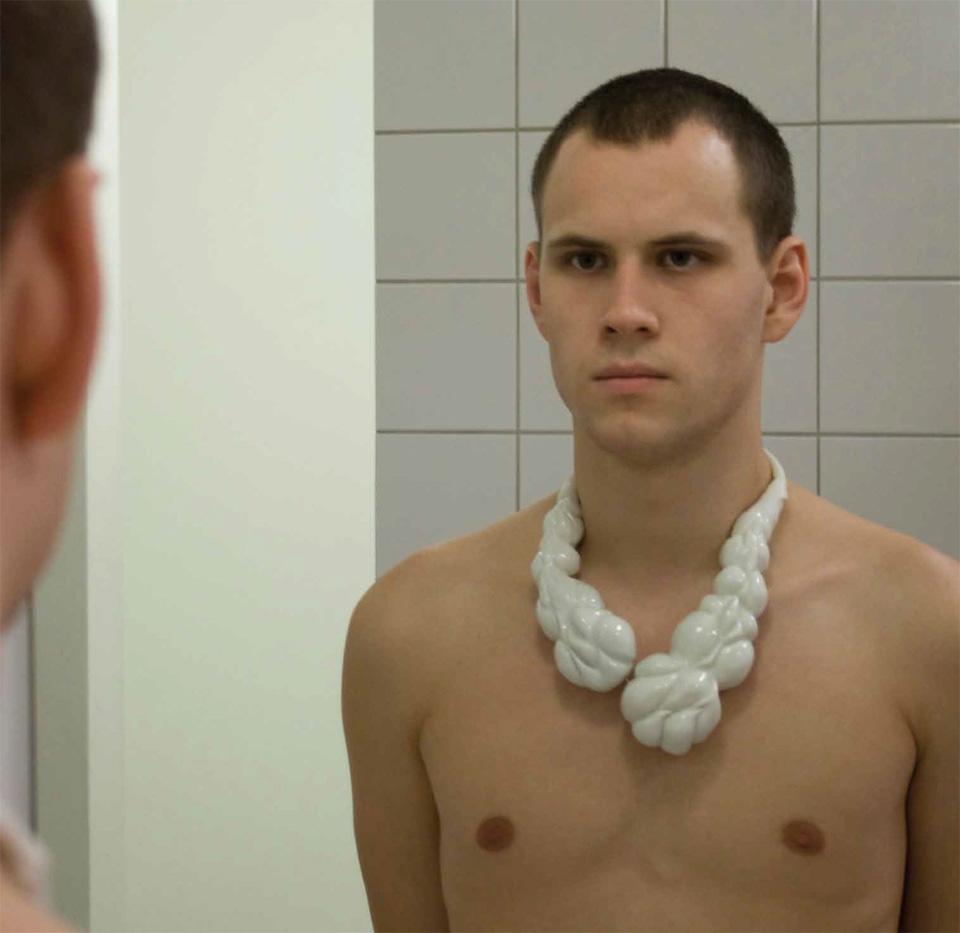Recently opened and on until August, like the two previous editions, this exhibition continues the partnership with the Fondation d'Entreprise Bernardaud, which promotes the latest takes on this ancestral material, in a careful selection made by the curator Monika Brugger. Eighteen artists are featured in a simple exhibition design comprising 140 objects, attitudes and forms that demonstrate the vitality of a material that has become key among contemporary mediums.
There is a strong emphasis on European excellences, in which the Northern European countries seem to have forged a special position. Even the only non-European presence, Taiwan's Shu-Li Wun, has firm apprenticeship roots on the old continent. Her classically manufactured pieces introduce a general trend, a glocal attitude mixing local tradition with global techniques that is the common denominator of the whole. This term may be a hackneyed visual-art neologism but it is the most fitting to describe this complex and clever mix centred on the reinvention of age-old techniques and almost exclusively ritual uses. Shu-Li Wun takes the Japanese manufacture of Mokumé gané, adopted for Samurai armour, and revamps it in the more classical forms of earrings and brooches that might seem trite were the result not so beautiful and sensual, with the work and textures on show evoking Wegdwood's famous biscuit porcelain.
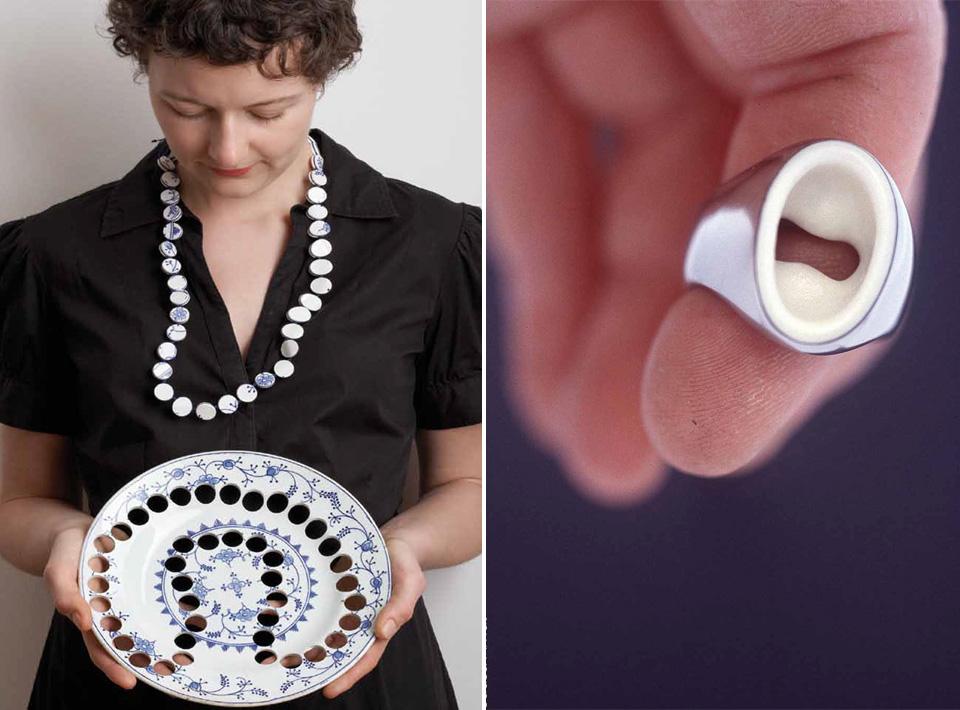
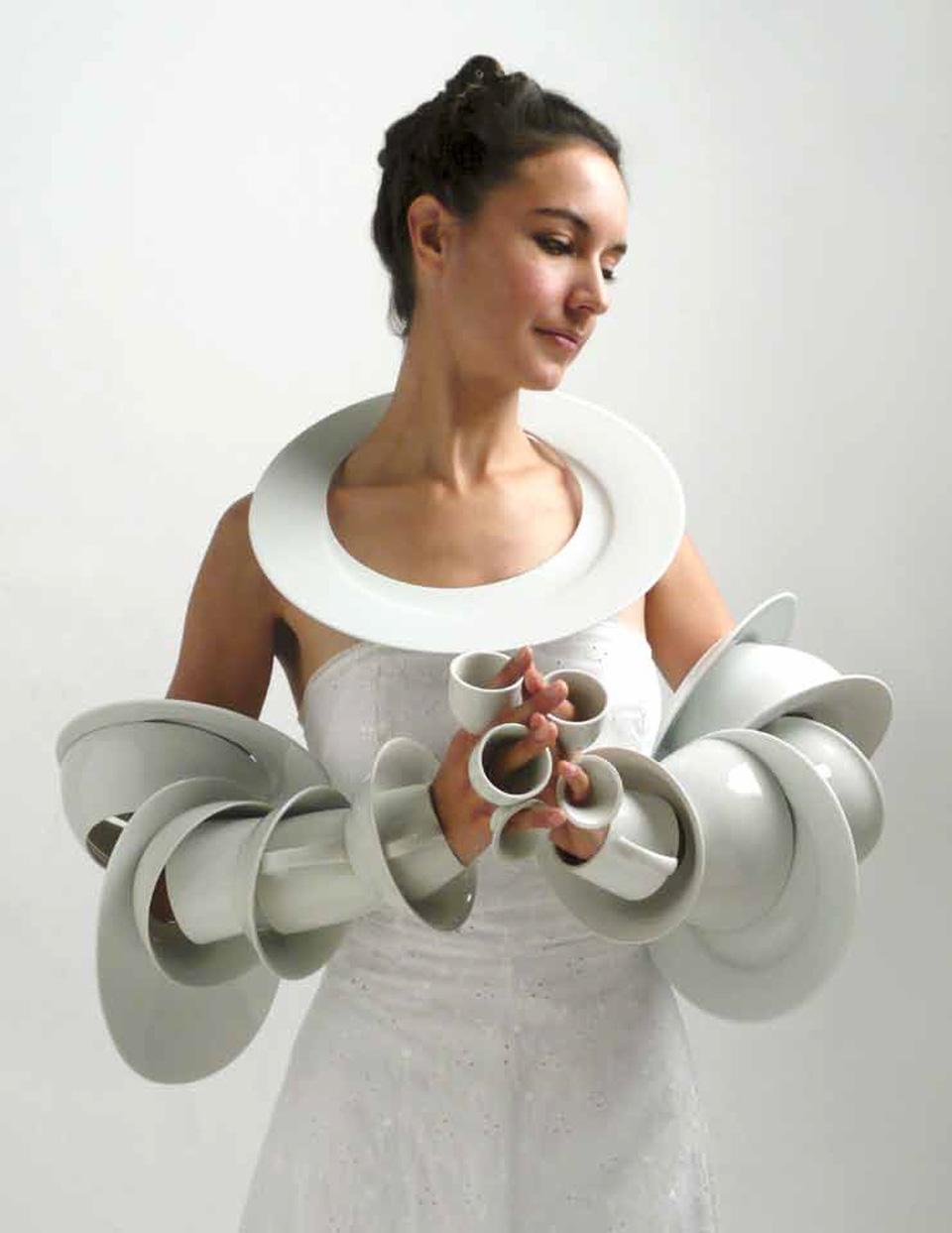
Andi Gut, a Swiss designer of German origin, applies sophisticated irony to an eclectic collection of wonderful rings, based on a remarkable complicity between orthodontic precision techniques and those of contemporary jewellery. Both employ the latest materials and futuristic moulding techniques, and Gut revives the age-old tradition of identifying jewellery in signet rings that bear a family monogram, based directly on x-rays of the owner's teeth. The title Crowns completes the conceptual game, in what is almost a statement unifying Duchamp's objectivity with Salinger's epiphanies.
There is a strong emphasis on European excellences, in which the Northern European countries seem to have forged a special position. Even the only non-European presence, Taiwan's Shu-Li Wun, has firm apprenticeship roots on the old continent
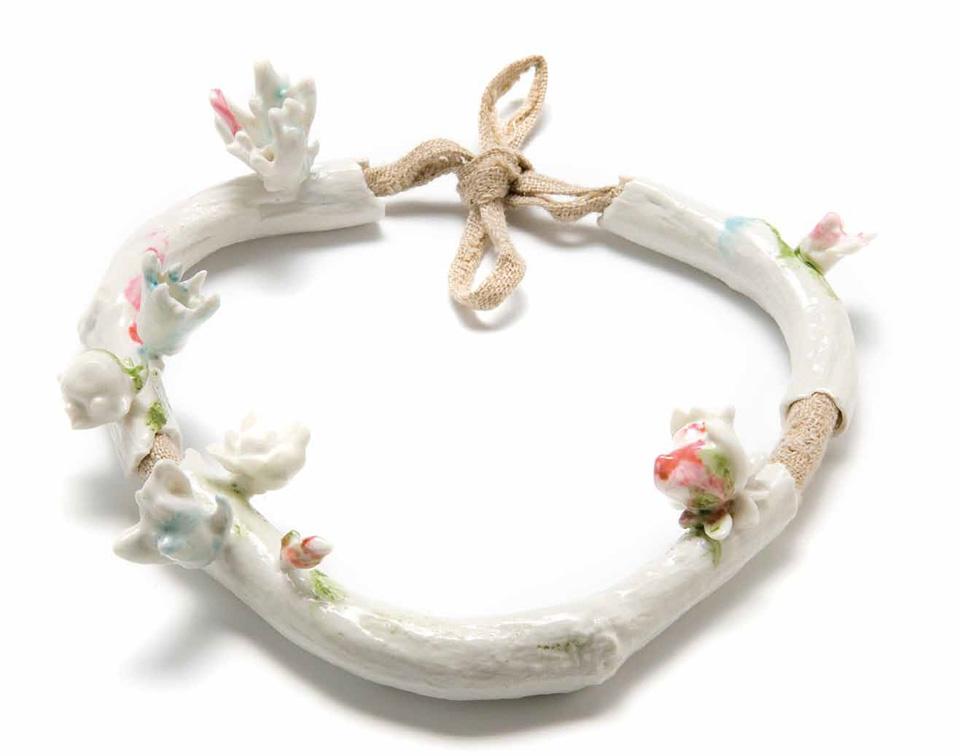
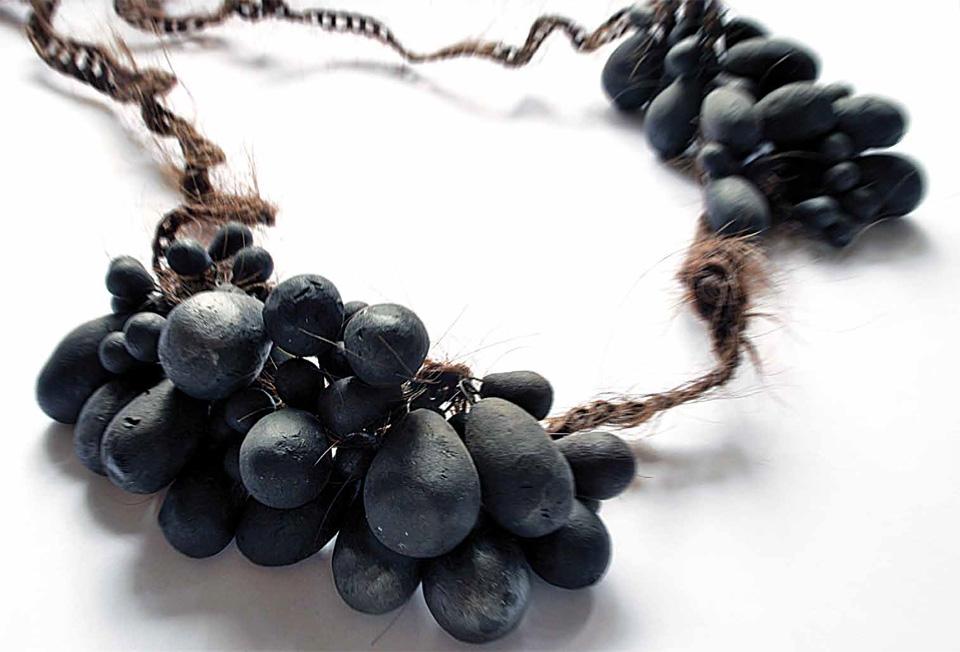
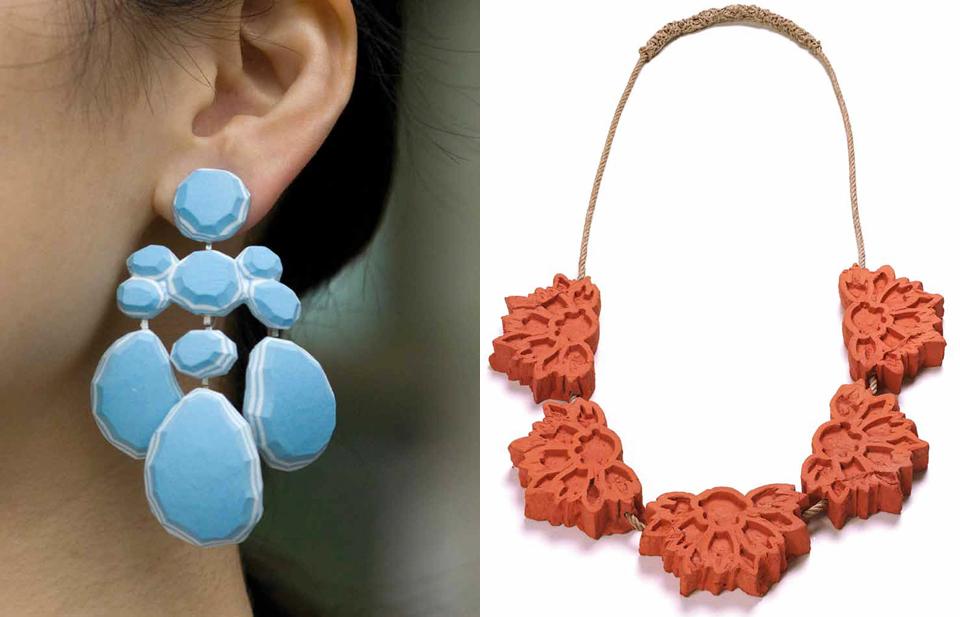
Other lines of research explore vegetable forms such as the beautiful Green Mushroom, perhaps the loveliest brooch in the exhibition, by Finland's Terhi Tolvanen. Here, the piece of jewellery becomes political manifesto, a high expression of an ecological thought or ferocious criticism of humankind's perverse intervention on nature, as seen in the fine Oval Bonsai. This is a research exhibition, its elegance founded on a very timeless sense of luxury.
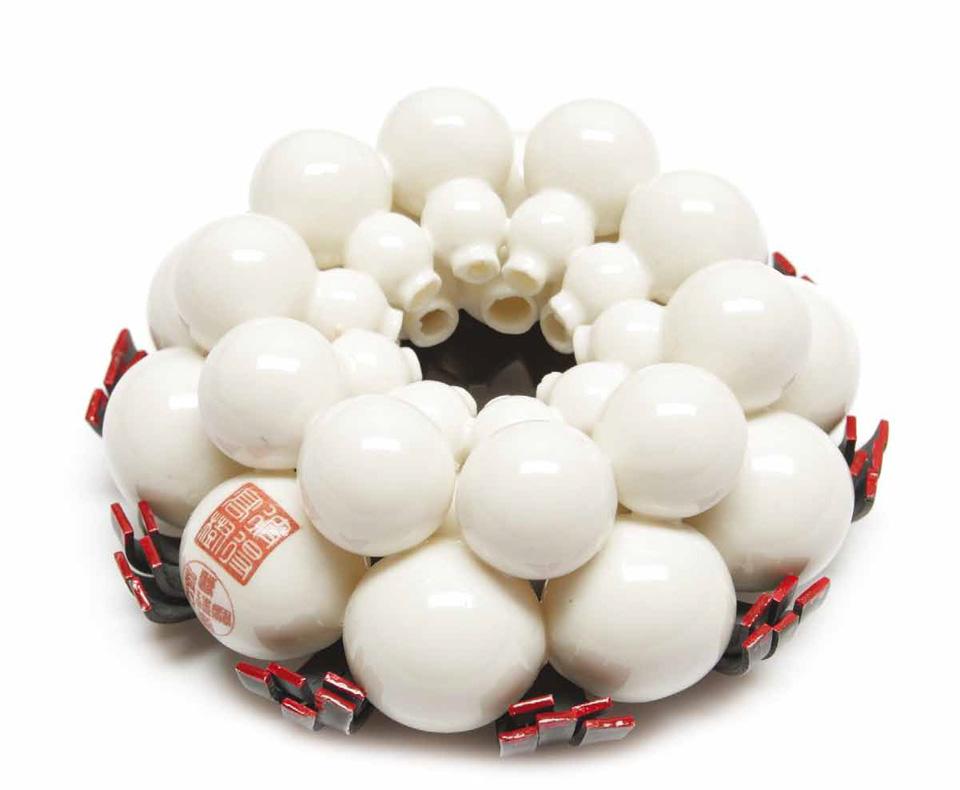
Musée des Arts Décoratifs
107 Rue du Rivoli, Paris
Through 19 August 2012
